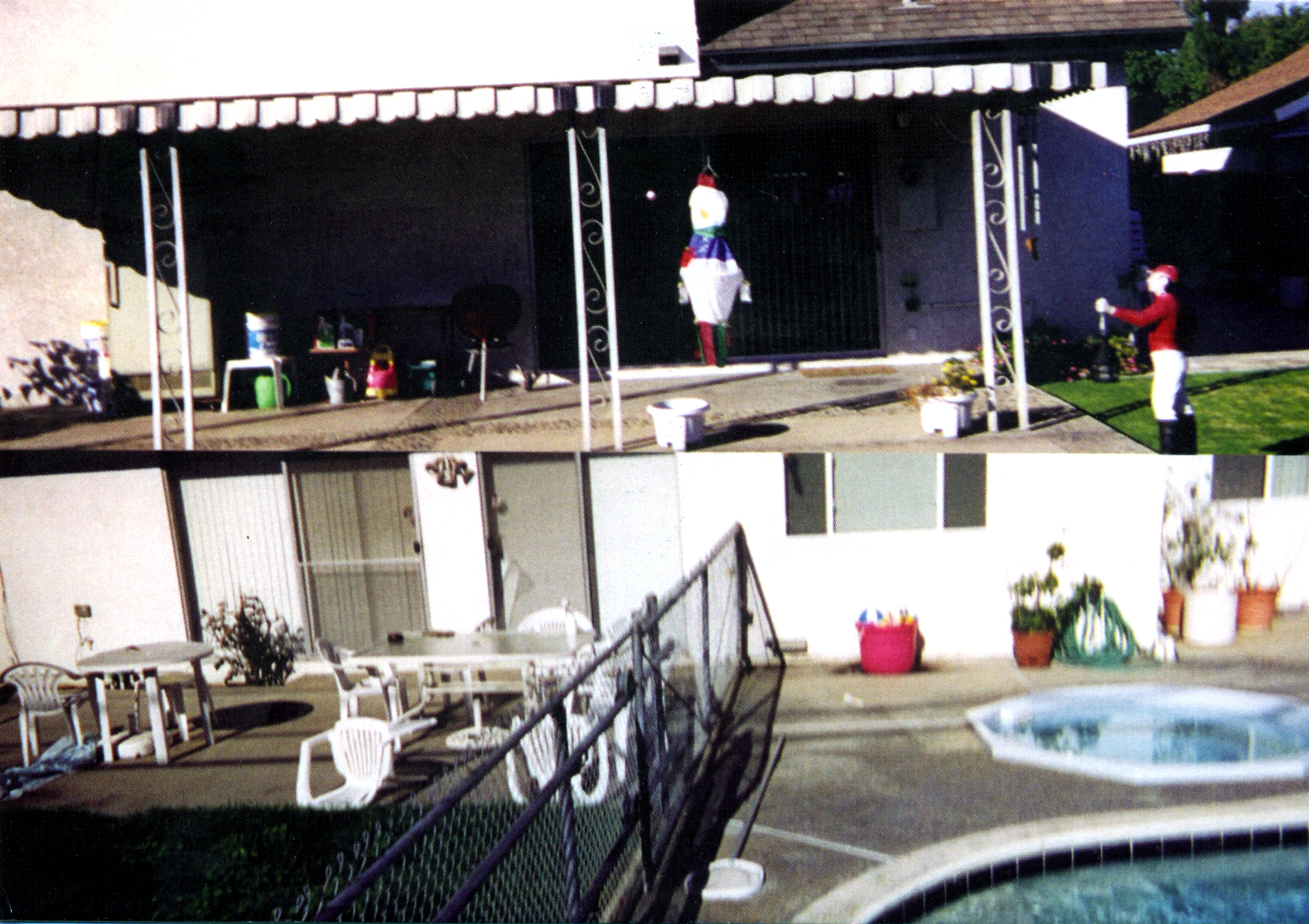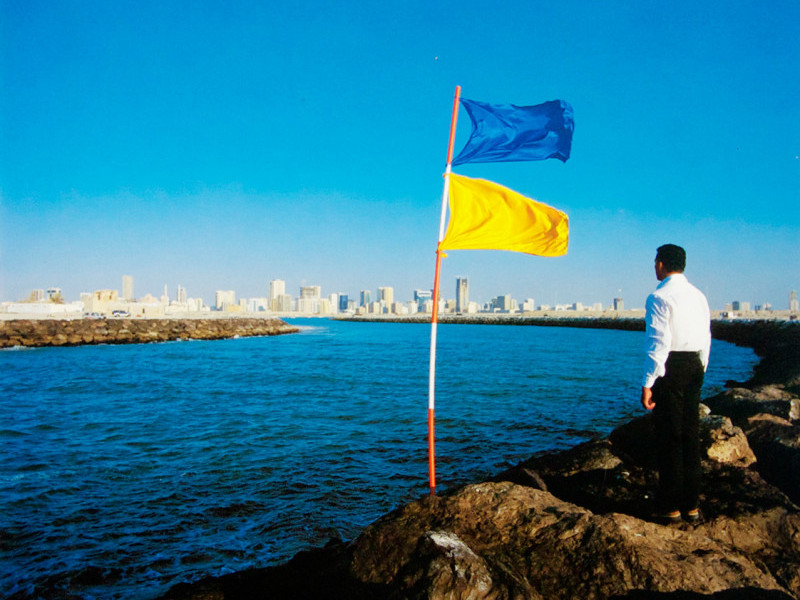
Panorama, 2003
Mike Rogers
Panorama, 2003
Photograph
search


Mike Rogers
Panorama, 2003
Photograph
A former journalist, Rogers often uses his art as a way to examine a social situation. When he first lived in Los Angeles in the 1990's, he was surprised by the speed of cars on the freeway, and he noticed that drivers of Chevrolet EI Carninos, an affordable and powerful hybrid car Itruck, went particularly fast. So he started a project that investigated the cars and their owners, resulting in a show of more than 1,200 photographs of EI Caminos, video interviews with drivers and sculptures and drawings about the car. Another project took root when he returned to New York in 2001 to live in his boyhood hoffle. The neighbourhood was once farmland belonging to the 18th century political philosopher Thomas Paine. Through sculpture, photography and an underwater video taken in a polluted pond called Paine Lak~: accompanied by a soundtrack of actual and fictional Paine writings, Rogers addresses the ideals and failings of Paine's life and of contemporary America.
Isolated by his Southern California middle-class neighbourhood, in which homes are surrounded by high walls, he has recently begun to photograph backyards with a panorama camera held above his head and above the walls, not knowing what he has photographed until the film has been developed. The photographs reveal that what's being hidden _ barbecues; playsets; plastic garden furniture is fairly mun-dane and hardly needs protection. One Question, however, is whether the photographs violate the privacy and security of the property owners, even when the photographs are empty of people and uncover nothing of value. Los Angeles-based artist Mike Rogers was living in New York when terrorists struck the World Trade Center on September Ll, 2001. He watched the subsequent surge of patriotism that swelled in New York and the rest of the U.S., and when he moved back to Los Angeles in July 2002 he bought a super-B movie camera, attached it to the dashboard of his car and filmed the journey. The result¬ing film, "Cross Country", stays focused on the highway beginning at the Atlantic Ocean in Coney Island, New York and ending at the Pacific Ocean in Santa Monica, California. A frame was shot every six sec¬onds so that it appears as if the traveller was speeding at 6,000 mph. Paradoxically, it's hardly a thrill ride. Despite the high rate of speed on the road, the landscape only gradually changes. Cities appear as blips, passing cars and trucks come and go in a flash, but the otherwise unremarkable flat landscapes dominate the picture.
As the world moves at a more frenetic pace and as many Americans continue to be in a state of patriotic fervour, Cross Country was made in part, to give them a chance to see the entire country close-up in one sitting. For others, it offers a view of a land that as the world's last remaining superpower, has never been both more regarded and loathed.

Sharjah Biennial 6